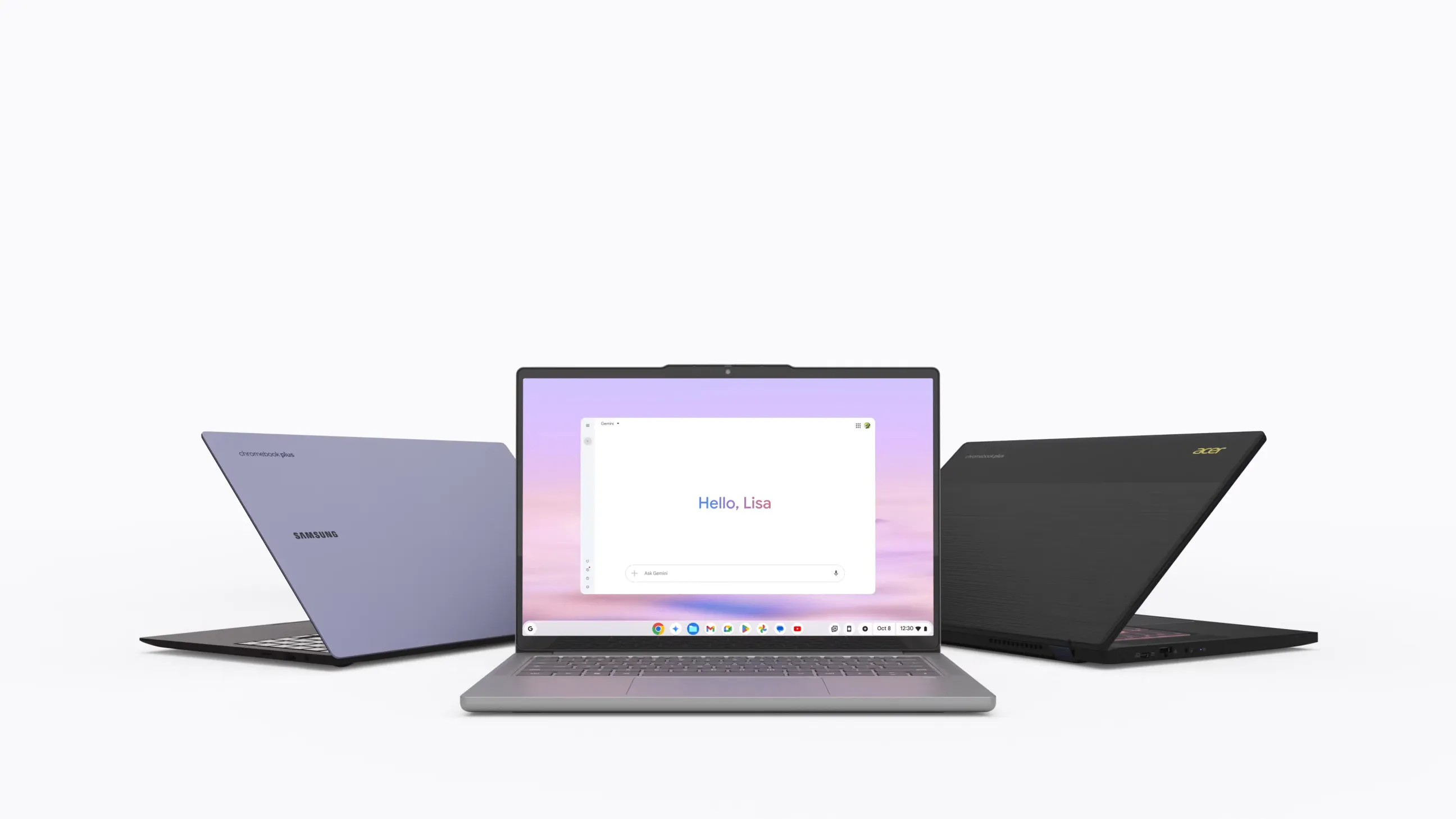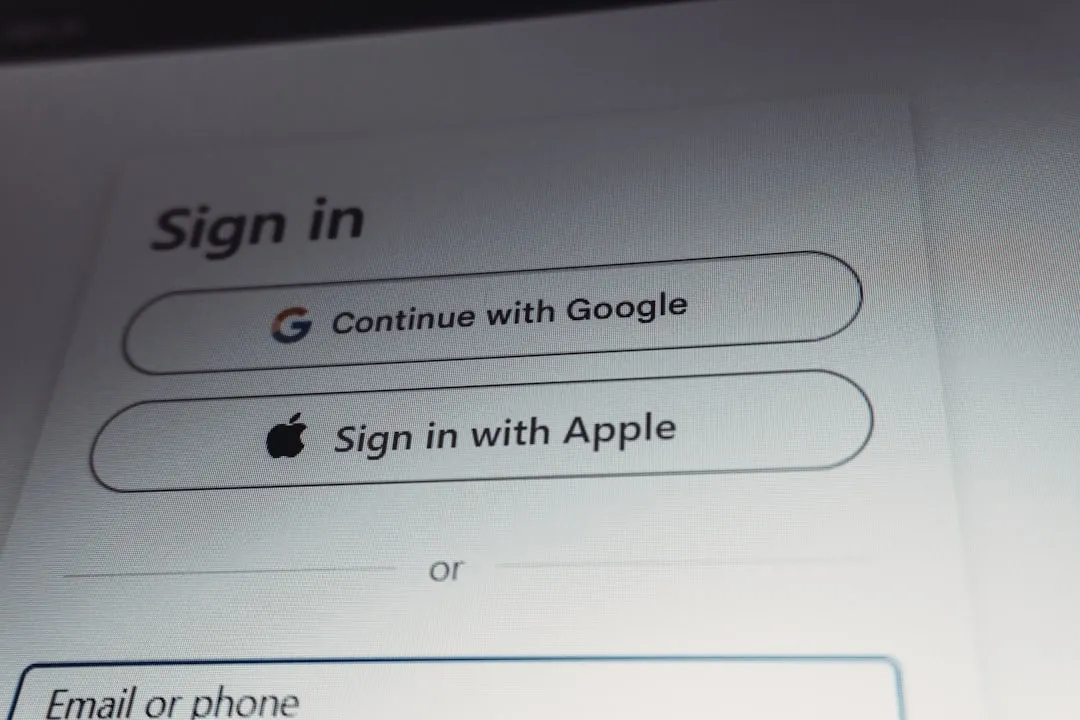If you've ever tried running Android apps on Linux, you know the struggle is real. Traditional emulators like BlueStacks or even Android Studio's official emulator often feel clunky, resource-heavy, and not built for the Linux mindset. That's where Waydroid comes in, and trust me, once you see what this open-source solution can do, you'll wonder why you bothered with anything else.
The scene for Android on Linux has been fragmented, with various solutions targeting different needs. Developers lean on testing tools, gamers chase smooth frame rates on big screens, and regular users just want that one Android-only productivity app. Most tools silo Android in its own bubble, so you end up context-switching all day, bouncing between two worlds that never quite meet.
Waydroid flips that script. Instead of emulating hardware, it uses Linux namespaces to run a complete Android container, so your Android messaging app can sit right next to your Linux code editor, share the clipboard, and behave like a local app. This is not just another emulator, it turns Android into part of your Linux ecosystem rather than a guest that demands attention.
What makes Waydroid different from traditional emulators?
Here is the big distinction. While Android Studio's emulator relies on QEMU to emulate Android hardware, Waydroid runs on a different principle. It leverages Linux namespaces combined with LXC to create an isolated environment where Android runs off to the side of your host, not on top of it.
The performance jump is obvious. Container-based architecture delivers near-native performance because there is no extra virtualization layer chewing through CPU cycles. Instead of pretending to be Android hardware, Waydroid taps your Linux kernel directly. Less translation, more speed.
The killer feature is integration. Android applications appear as native Linux windows and interact seamlessly with system features. Copy and paste works both ways. You can run multiple Android applications in separate windows. They even show up in your app launcher with proper window controls and workspace support. No clunky all-in-one phone screen to babysit.
Running containers generally means a smaller footprint, lighter resource consumption, and better integration than full virtualization. One catch though, this container-based approach only works on native Linux systems, not inside Linux VMs running on Windows. Dual-boot or a dedicated Linux machine, you are set. A Linux VM in Windows, not so much.
The technical foundation that makes it work
Here is the clever bit. Waydroid employs Linux namespaces (user, pid, uts, net, mount, ipc) to create complete isolation while still sharing what matters. Namespaces are like sandboxes, each with its own view of the system, but they can share pipes to the host where needed.
That selective sharing is the magic. Android apps feel like they own the machine, yet the container can still use your graphics stack and audio. You get hardware-accelerated rendering and smooth audio, without punching holes in system security.
The Android side arrives clean and lean. Waydroid ships with a minimal customized Android system image based on LineageOS, currently based on Android 11. No vendor bloat, just an optimized base with a long tail of community hardening.
Multi-window behavior fits right in. Each Android app can live in its own window, the Linux window manager stays in charge, and Android services like notifications and background tasks keep humming along. You get Linux multitasking with Android’s app ecosystem. Best of both worlds.
Real-world performance and compatibility
How does it feel day to day? Fast. Waydroid delivers near-native performance by bypassing traditional emulation overhead. Apps pop open quickly, scrolling is smooth, and games avoid the start-stop stutter that virtual machines often introduce.
Compatibility is broad. Waydroid delivers excellent performance across ARM, ARM64, x86, and x86_64 architectures with broad GPU compatibility. Intel iGPUs, AMD cards, NVIDIA, it plays nicely without wrestling with GPU passthrough.
There are limits. Not all Android applications function perfectly due to hardware compatibility and app-specific issues. Banking apps tied to secure hardware, camera-heavy tools, and some anti-cheat protected games can misbehave. For messaging, productivity, social, and most entertainment though, it is smooth sailing.
The polish shows in the small stuff. Waydroid integrates with your system clipboard, file sharing is straightforward, notifications land in your desktop, and audio routing behaves even with multiple apps. These details turn a tech demo into a daily driver.
PRO TIP: Focus on apps that do not rely heavily on Google Play Services or niche sensors for the best results. Social media, productivity, and many games work great. Banking and AR-first apps can be hit or miss.
Getting started: what you need to know
Setup mirrors the architecture. It takes a few steps, but the guides are solid. Waydroid supports various Linux distributions and offers comprehensive documentation across Ubuntu, Debian, Fedora, and more.
You are effectively installing a full Android system inside your Linux environment, so expect an initial download of system images and some container permission work. One key requirement, you will want a Wayland-based desktop, which enables the tight window integration.
After initialization, the container pulls the Android images and prepares the environment. The first run can take a bit, then it is done. For users wanting Google Play Services access, there's an additional certification step required. The community has workflows for registering with Google, so the process is manageable.
Once configured, it feels natural. You can run APKs like native apps with Waydroid. Launch from your file manager or the applications menu, get notifications that match your desktop, and keep everything themed consistently.
Why this changes the game for Linux users
Waydroid solves the long-standing gap between Linux desktops and Android’s massive app ecosystem. As a completely free and open-source project with active community support, it avoids the privacy trade-offs and lock-in of commercial emulators and keeps your stack transparent.
The real win is workflow. Waydroid is faster than an emulator thanks to its container approach, and that speed unlocks new habits. Script around Android apps, glue them into Linux tooling, bounce between windows without mental overhead. It feels less like juggling two machines and more like one coherent desktop.
Flexibility helps too. Waydroid is suitable for multiple deployment scenarios, including personal desktops, kiosks, and gaming setups. That spans classrooms, test labs, and creative studios that rely on Android-only tools.
With Android holding over 72% of the mobile OS market globally, seamless access on Linux is not just nice to have. It is table stakes for many workflows. Whether you need a specific mobile app for work, prefer Android-first chat tools on your desktop, or just enjoy the mobile UX for certain tasks, Waydroid finally makes the mobile-desktop blend feel natural.
The bigger picture is hard to ignore. As mobile apps grow more desktop-class and Linux pushes further into the mainstream, tools like Waydroid point to what is next, flexible environments where the line between phone and desktop apps fades, and you simply pick the best tool for the job.
























Comments
Be the first, drop a comment!